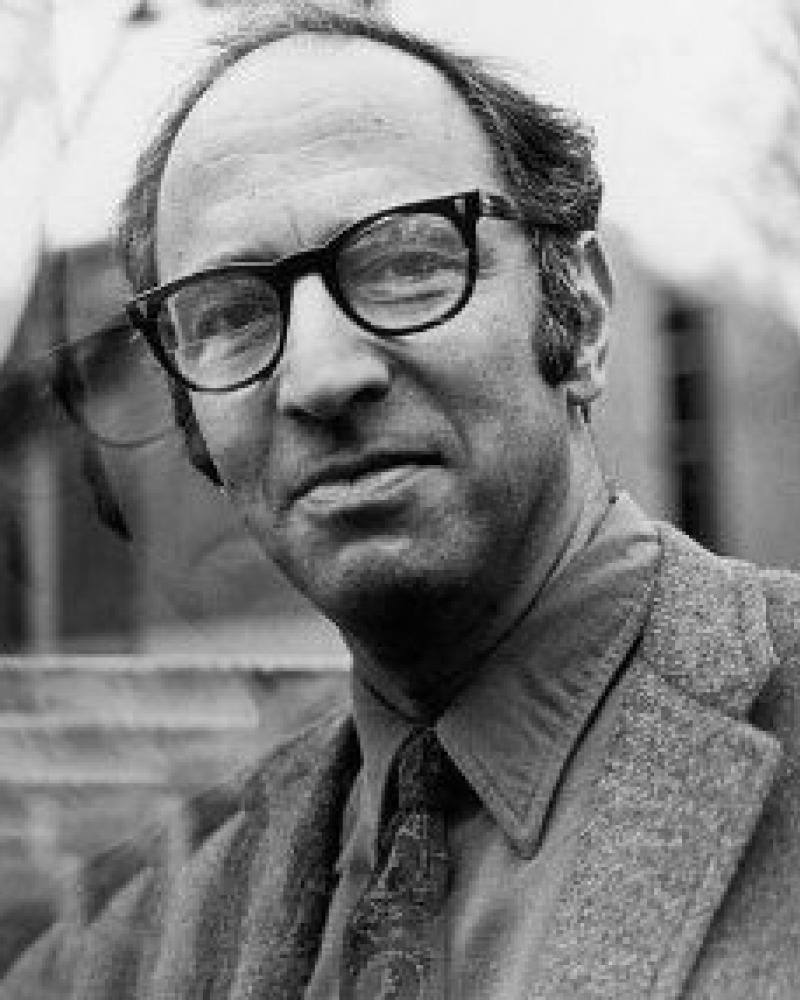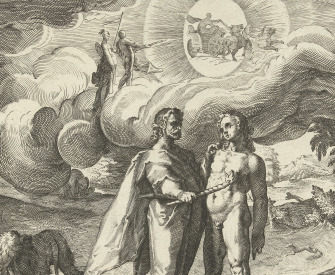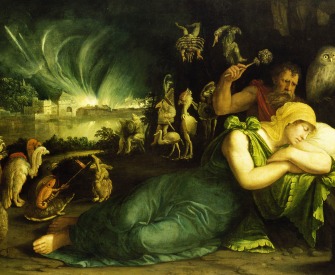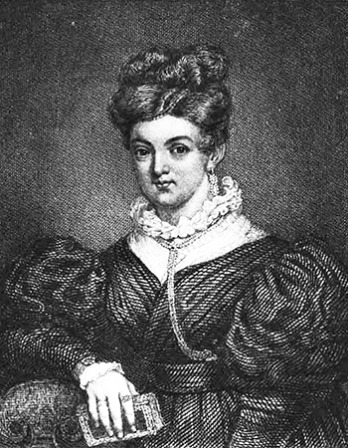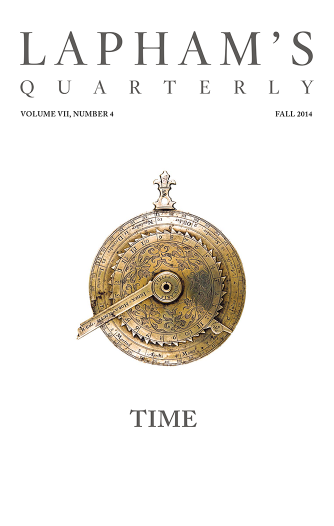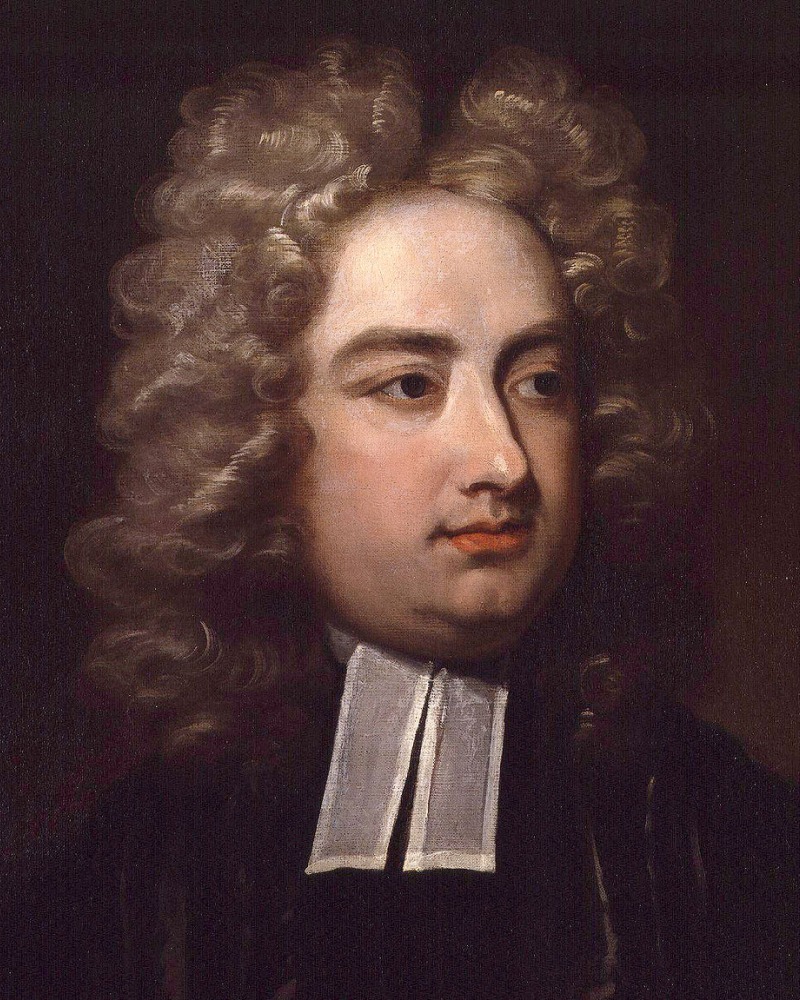
Jonathan Swift
Gulliver’s Travels,
1726
Gulliver’s Travels,
The professor was in a very large room with forty pupils about him. After salutation, he said perhaps I might wonder to see him employed in a project for improving speculative knowledge by practical and mechanical operations. He flattered himself that the world would soon be sensible of its usefulness. Everyone knew how laborious the usual method is of attaining to arts and sciences; whereas by his contrivance, the most ignorant person, at a reasonable charge and with a little bodily labor, may write in philosophy, poetry, politics, law, mathematics, and theology without the least assistance from genius or study.
He then led me to a frame, twenty feet square, placed in the middle of the room. Bits of wood were covered with paper pasted on them, and on these papers were written all the words of their language in their several moods, tenses, and declensions but without any order. The professor then desired me to observe his engine at work. The pupils, at his command, each took hold of an iron handle around the edges of the frame, and giving them a sudden turn, the whole disposition of the words was entirely changed. He then commanded six and thirty of the lads to read the several lines softly as they appeared; and where they found three or four words together that might make part of a sentence, they dictated to the four remaining boys who were scribes.
Six hours a day the young students were employed in this labor, and the professor showed me several volumes in large folios already collected of broken sentences, which he intended to piece together, and out of those rich materials to give the world a complete body of all arts and sciences.
I made my humblest acknowledgment and promised, if ever I had the good fortune to return to my native country, that I would do him justice as the sole inventor of this wonderful machine.
